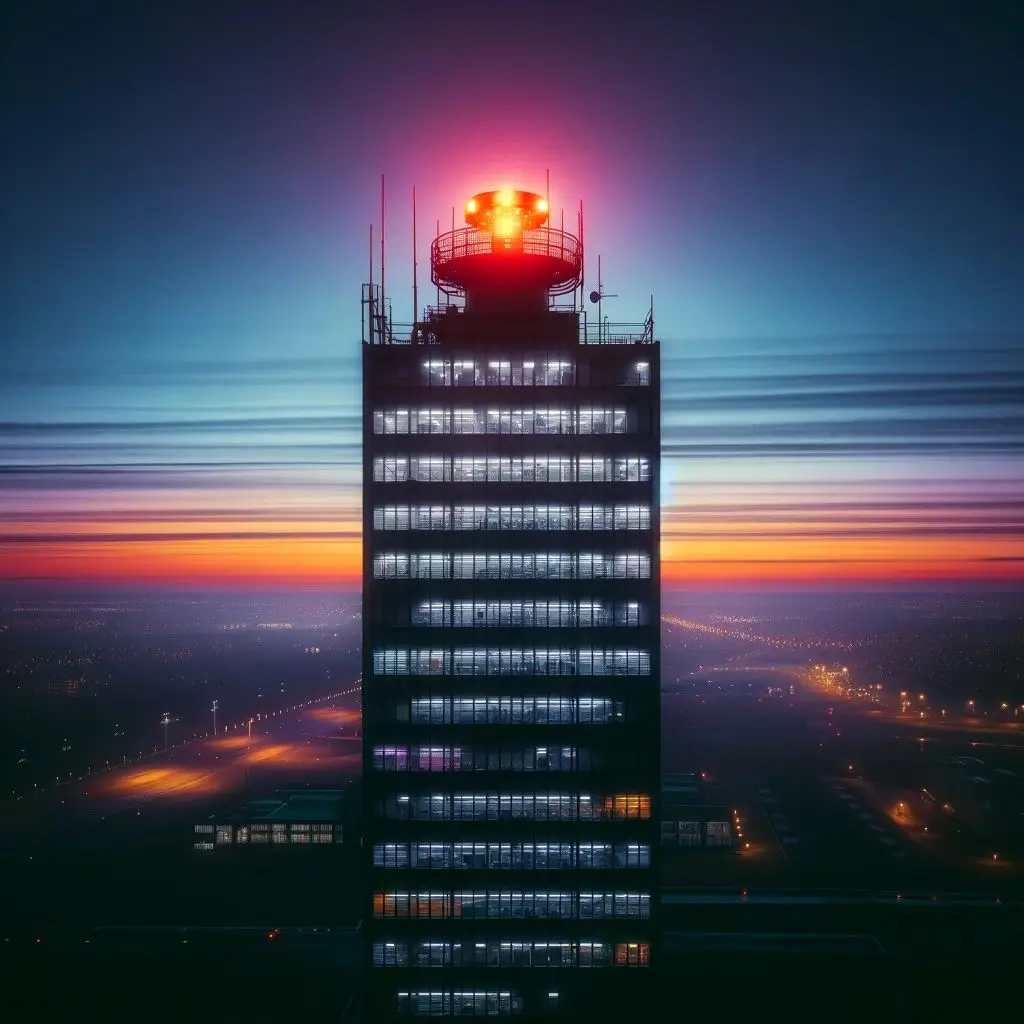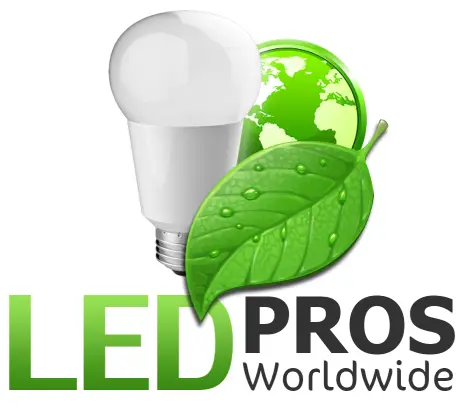As the world of aviation continues to expand, ensuring the safety of pilots, passengers, and aircraft has never been more critical. One of the unsung heroes in this mission is aviation obstruction lighting. These beacons, perched atop tall structures, play a vital role in alerting pilots to potential hazards and helping them navigate the skies safely. In this article, we’ll explore the fascinating world of obstruction lights, delving into their types, regulations, and the cutting-edge technology that powers them.
The Purpose of Aviation Obstruction Lights
Aviation obstruction lights, also known as aircraft warning lights, serve a crucial purpose in the aviation industry. Their primary function is to alert pilots of low-flying aircraft to the presence of tall structures that could pose a collision risk. These structures can include:
– Buildings
– Towers
– Wind turbines
– Bridges
– Cranes
By illuminating these obstacles, obstruction lights help pilots maintain a safe distance and avoid potentially catastrophic accidents.
Types of Obstruction Lights
There are several types of obstruction lights, each designed for specific applications and adhering to stringent FAA regulations. Let’s take a closer look at the most common types:
1. Red Obstruction Lights
Red obstruction lights are the most widely used type, typically installed on structures that are less than 200 feet tall. These lights are designed to be visible from a distance, helping pilots identify potential hazards even in low-light conditions.
2. Medium Intensity Obstruction Lights
For structures between 200 and 500 feet tall, medium intensity obstruction lights are required. These lights are more powerful than red obstruction lights and are typically white in color. They flash at regular intervals to draw attention to the structure.
3. High Intensity Obstruction Lights
Structures exceeding 500 feet in height require high intensity obstruction lights. These lights are the brightest and most visible type, with a powerful beam that can be seen from miles away. High intensity obstruction lights are often used on tall communication towers, skyscrapers, and wind turbines.
4. Dual Obstruction Lighting
In some cases, a combination of red obstruction lights and medium intensity white lights may be used. This dual obstruction lighting system provides an extra layer of safety, ensuring that the structure is visible in various lighting conditions. Read more about Guiding Flight: A Detailed Overview of Obstruction Lighting in Aviation here.
The Role of the FAA in Obstruction Lighting
The Federal Aviation Administration (FAA) plays a critical role in regulating obstruction lights. The agency sets strict guidelines for the installation, maintenance, and operation of these lights to ensure they meet safety standards. Some key FAA regulations include:
– The height at which structures must be equipped with obstruction lights
– The color, intensity, and flash rate of the lights
– The number and placement of lights on a structure
– The maintenance and inspection requirements for obstruction lighting systems
By adhering to these FAA regulations, structure owners and operators can ensure they are doing their part to keep the skies safe for pilots and passengers.
The Advent of LED Obstruction Lights
In recent years, LED technology has revolutionized the world of obstruction lighting. Compared to traditional incandescent bulbs, LED obstruction lights offer numerous advantages:
– Increased energy efficiency, resulting in lower operating costs
– Longer lifespan, reducing maintenance needs
– Brighter and more focused light output
– Instant on/off capabilities, improving visibility
– Reduced environmental impact due to lower energy consumption
As more structure owners switch to LED obstruction lights, the aviation industry is benefiting from improved safety and reliability.
 |
FAQs
1. Q: Are aviation obstruction lighting required on all tall structures?
A: The FAA has specific height requirements for obstruction lighting. Generally, structures over 200 feet tall must be equipped with lights, but there are some exceptions.
2. Q: How often do obstruction lights need to be inspected?
A: The FAA requires obstruction lights to be inspected at least every 24 months, but more frequent inspections may be necessary based on the type of light and its application.
3. Q: Can obstruction lights be turned off at night?
A: No, obstruction lights must remain illuminated during nighttime hours to ensure the safety of aircraft. Some lights may be allowed to operate at a lower intensity during the night, but they cannot be turned off completely.
FAA Regulations: Ensuring Safe Skies Through Obstruction Lighting Standards
The Federal Aviation Administration (FAA) is the governing body responsible for maintaining the safety and efficiency of the United States’ airspace. One of the critical areas they regulate is the use of aviation obstruction lights, which play a vital role in preventing collisions between aircraft and tall structures. The FAA has established a comprehensive set of guidelines that dictate the installation, operation, and maintenance of these essential lighting systems.
The FAA’s obstruction lighting regulations are based on the height and location of a structure. In general, any structure that exceeds 200 feet above ground level (AGL) must be equipped with appropriately colored obstruction lights. However, the FAA may require lighting on shorter structures if they are located near airports, heliports, or other areas with high air traffic. These regulations ensure that pilots are alerted to potential hazards, regardless of the time of day or weather conditions. Read more about How Aviation Warning Lights Are Making a Difference in the Aviation Industry here.
In addition to height requirements, the FAA also specifies the color, intensity, and flash rate of obstruction lights. Red lights are typically used for structures under 200 feet AGL, while medium intensity white lights are required for structures between 200 and 500 feet AGL. For structures exceeding 500 feet AGL, high intensity white lights are necessary. These specifications ensure that obstruction lights are visible from a distance and can effectively warn pilots of the presence of tall structures.
Furthermore, the FAA mandates regular maintenance and inspection of obstruction lighting systems. Structure owners are required to perform a thorough inspection of their lights at least every 24 months, although more frequent inspections may be necessary depending on the type of light and its application. This proactive approach to maintenance ensures that obstruction lights remain reliable and effective in their crucial role of maintaining aviation safety.
Parting Words
Aviation obstruction lights may seem like a small detail in the vast world of aviation, but their role in ensuring the safety of pilots, passengers, and aircraft cannot be overstated. By understanding the types of obstruction lights, the regulations that govern them, and the technological advancements that are improving their performance, we can better appreciate the critical role these beacons play in keeping our skies safe. As the aviation industry continues to evolve, so too will the obstruction lighting systems that guide the way, ensuring that every flight is a safe and well-lit journey.
[gravityform id=”1″ title=”true” description=”true”]
